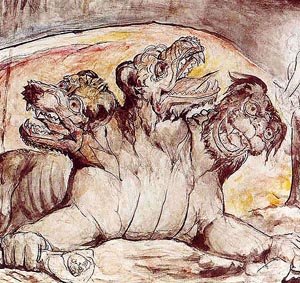
In this post I would like to expand on some of the things that where brought up in the last post on obstacles. I am going to go through some of the steps involved in coming up with an obstacles and problems encountered.
Normally what we start with is having some kind of general journey for player. This could be something like this (a lit more detailed though):
The player starts at the pirate island and must then steal a ship to get the jungle and rescue his loved one.
This is then built upon step by step and ends up as detailed designs of each level. Now lets say that I now have to design the levels inside the skull castle on pirate island. Because of story reasons I now need to fit in the following levels:
- Treasure chamber
- Torture room
- Drinking hall
- Fencing hall
When trying to fit these levels together I can do it in various ways. It could be a linear progression like:
Treasure chamber -> Torture room -> etc…
Or I could use some kind of hub structure. A way to do this is by having a great hall (acting as a hub) that all of levels connect to.
Designing the basics for these levels are by far easiest in the linear progression. Here one can have an obstacle blocking the path between the current and next level or it could be as simple as just reaching the end of the level. Adding an obstacle is easy because there are no real constraints and just about any type of puzzle fits as solution.
In the hub structure things get more complicated. Here there must be some obstacle in the great hall that require the player to visit all of the levels it connects to. A way to solve this is by spreading the solution to all of the levels, like a door that needs four keys. Another solution would be to have the levels relying on each other, for example to enter the torture room the golden spear from the treasure room is required.
In terms of gameplay experience these two solutions varies a quite a bit. The linear progression gives a very, uhm, linear feel, but allows for a more fine-tuned and scripted experience. The hub structure gives more freedom for the player to explore and a less linear experience, it is also harder to script. In the Penumbra games we use a mix of these two types, to give the game some variation and try to use the strengths of both types.
Coming up with puzzles for overcoming the obstacles also vary from the different types. In the linear progression it is simple to add multiple solutions, and it can be possible to let the player complete the puzzle without exploring the entire level. For hub structures it is much harder to do some kinds puzzles, like those having multiple solutions. If the player can solve the puzzle in the great hall without visiting any of the levels, a lot of story and gameplay might be skipped. Coming up with one puzzle that requires the contents from all levels is hard enough, so you mostly have to live with having one unique solution to these puzzles. This also puts further constraints on the obstacle, as it is not very good if the player can come up with many alternate solutions that would overcome it. In that event the obstacle will seem too artificial and immersion is broken.
Note that there can of course be sub-obstacles blocking the path for the different parts of the great hall puzzle. For example the player might need get to a golden hook from a pirate frog in the treasure chamber and this puzzle have far less restrictions. That does not take away the problem with the puzzle in the hub though.
Hopefully this has given some insight into how we (or at least I) go about creating levels and the problems with obstacles encountered.
What are your thoughts on these problems? Know any more problems that might arise or perhaps any more solutions?